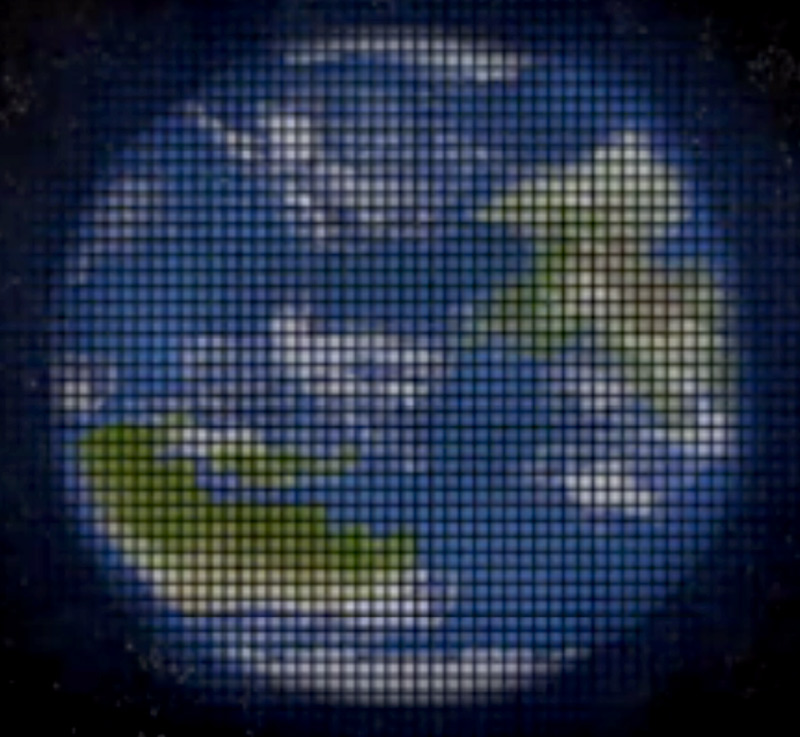
10th April 2018 Proposed future telescope could view exoplanets with multipixel detail NASA has revealed it is working on a future concept to produce direct multipixel imaging of habitable Earth-like planets within 100 light years.
The NASA Institute for Advanced Concepts (NIAC) is a program for the research and development of long term, revolutionary space technologies that are "radically better or entirely new". The program was originally set up in 1998 and operated until its cancellation in 2007, but was reestablished in 2011. Among the latest round of Phase II proposals to be studied by the NIAC is a project called "Direct Multipixel Imaging and Spectroscopy of an Exoplanet with a Solar Gravity Lens Mission". This would involve placing a telescope and coronograph in the outermost regions of our Solar System, far beyond the current positions of even the Voyager and Pioneer craft, the most remote probes to date. Located at such an extreme distance – 82 billion km, or 548.7 au – on a line connecting the centre of a target exoplanet and our Sun, the telescope could exploit the optical properties of the solar gravitational lens (SGL). By essentially "bending" rays of light, converging at this focal point, exoplanets in other star systems could be viewed and magnified with unprecedented detail. The probe's location could be shifted around as needed to select different targets relative to our Sun. Using this clever technique, the NIAC team claims that direct multi-pixel imaging and spectroscopy of habitable Earth-like planets at distances of 30 parsecs (approximately 100 light years) could be achieved. Continents, oceans and other features might reveal the likelihood of alien life, perhaps advanced life. "The resulting mission concept could allow exploration of exoplanets relying on the SGL capabilities decades, if not centuries, earlier than possible with other extant technologies," writes Slava Turyshev at NASA's Jet Propulsion Laboratory. "Phase II will provide us with a clear understanding of the scientific value of the mission and the trades needed to define the most cost-effective mission design and architecture. As the concept may be the only way to view a potentially habitable exoplanet in detail, it would generate public interest and enthusiasm to motivate the needed government and private funding." "The NIAC program gives NASA the opportunity to explore visionary ideas that could transform future NASA missions by creating radically better or entirely new concepts while engaging America's innovators and entrepreneurs as partners in the journey," said Jim Reuter, acting associate administrator of NASA's Space Technology Mission Directorate. "The concepts can then be evaluated for potential inclusion into our early stage technology portfolio." No specific timeline or schedule is available for this telescope – it remains a long-term concept at this stage. However, it provides an idea of the sort of revolutionary space technologies we might expect later this century.
Comments »
If you enjoyed this article, please consider sharing it:
|







